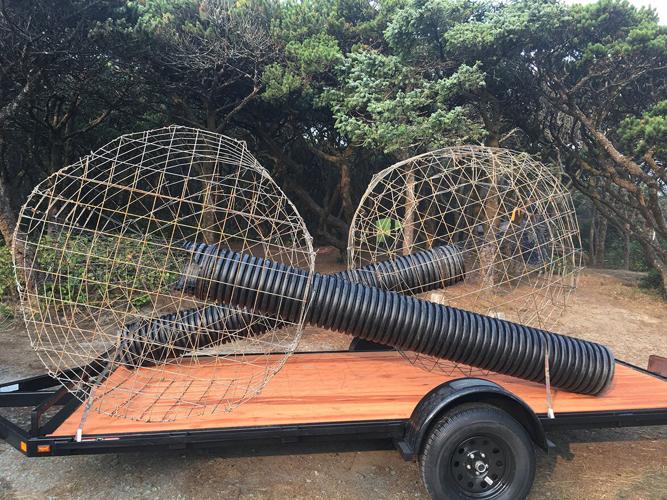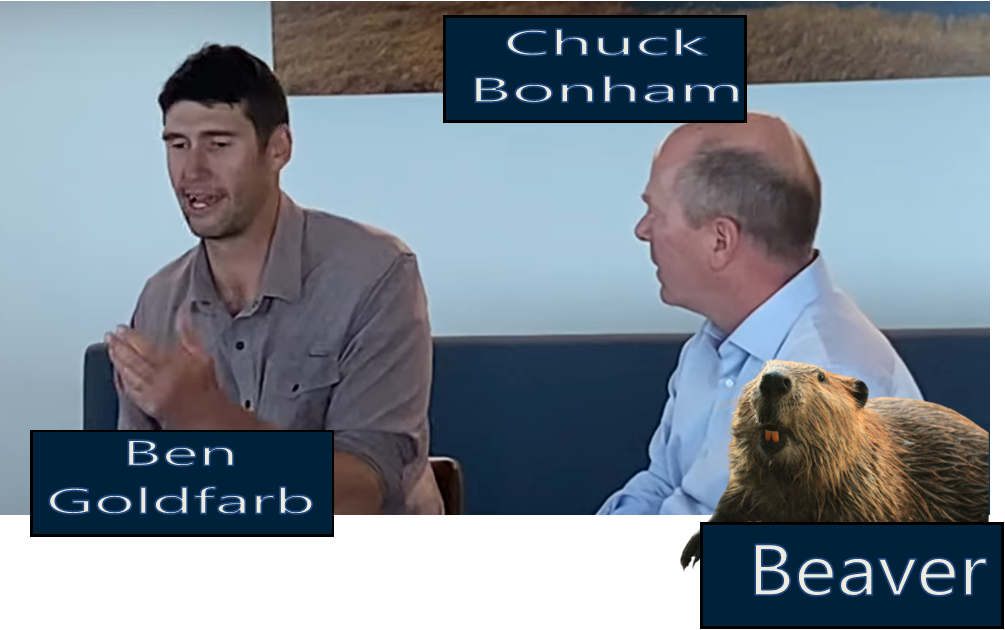This happened recently through the hard work of our friends at the Beaver Brigade.
Beaver Mural Unveiling Sat April 20 2024 at Charles Paddock Zoo Atascadero John Khus
with SLO Beaver Brigade Audrey Taub
California Coastal Commission WHALE TAIL® grants program &the San Luis Obispo Beaver Brigade
in collaboration with the Charles Paddock Zoo & the City of Atascadero. The Coastal Commission WHALE TAIL® grants support experiential education & stewardship of the California coast and its watersheds.
Chumash artist John Khus, who created the mural, will reveals it in video below.. at the Charles Paddock Zoo at 9100 Morro Road in Atascadero This mural has been made possible through the California Coastal Commission WHALE TAIL® grants program and the San Luis Obispo Beaver Brigade in collaboration with the Charles Paddock Zoo and the City of Atascadero.
The art of John Khus has been recognized by Chumash leaders as “striking, beautiful, unique, carrying the voices of our ancestral artists with whom he has walked all his life.” He has exhibited in galleries throughout the Central Coast and taught art and cultural heritage at the 2023 inaugural Chumash Heritage and Marine Science Camp in Oceano. His original artwork resulted in the “Tomol Rides Wishtoyo” mural in Cambria, which was recently presented with a Certificate of Special Congressional Recognition.
“The Beaver are my relatives, as are all the animals, plants, land, water, and air,” Khus said. “So, the importance of this mural is the same as someone might give to a family portrait or ancestral painting.”
The mural unveiling will include remarks by representatives from the SLO Beaver Brigade, and the artist. “The mural represents the beavers tending the waters from the Salinas River all the way to the ocean in Monterey Bay,” said Audrey Taub of the SLO Beaver Brigade. “I love the representation of all of the life forms that depend on the beavers. The three young beavers in the center of it all are just innocently doing their job of being beavers, unaware that all of the other critters around the ponds need them in order to live.”












































